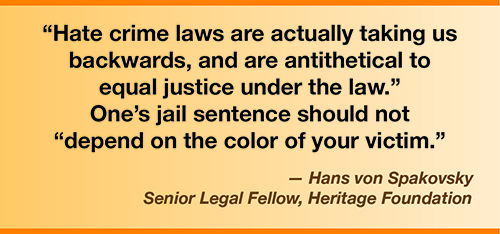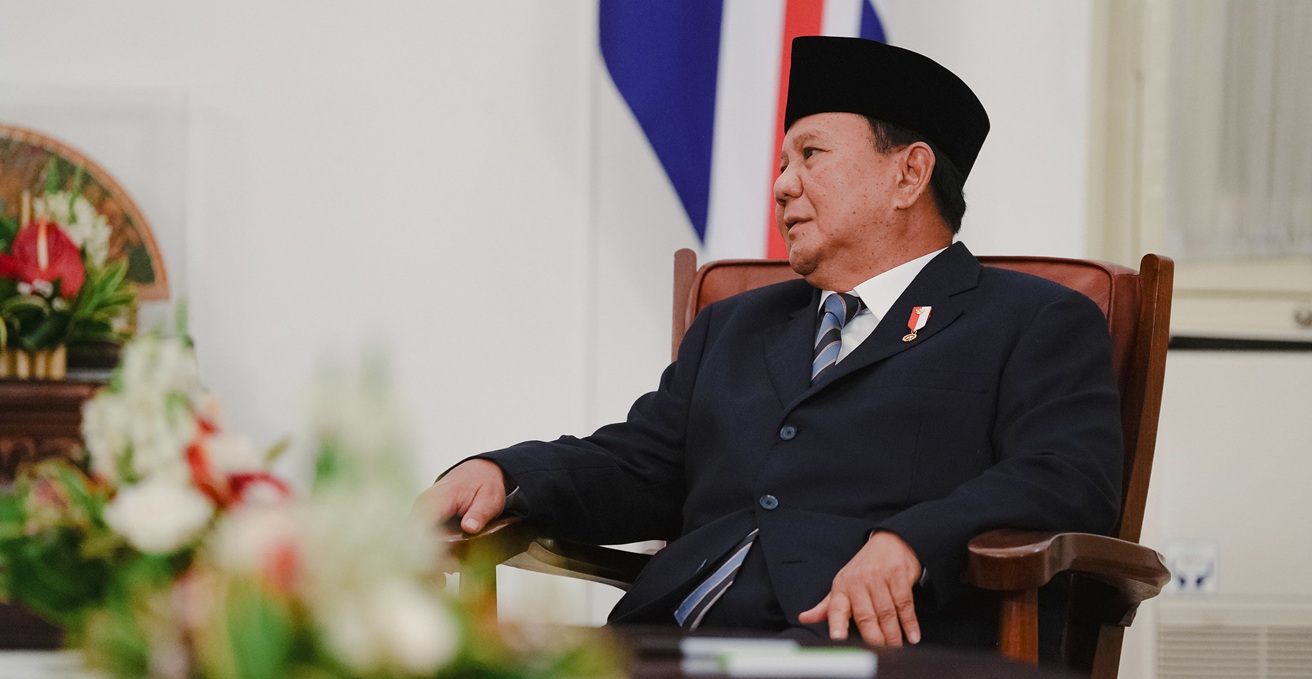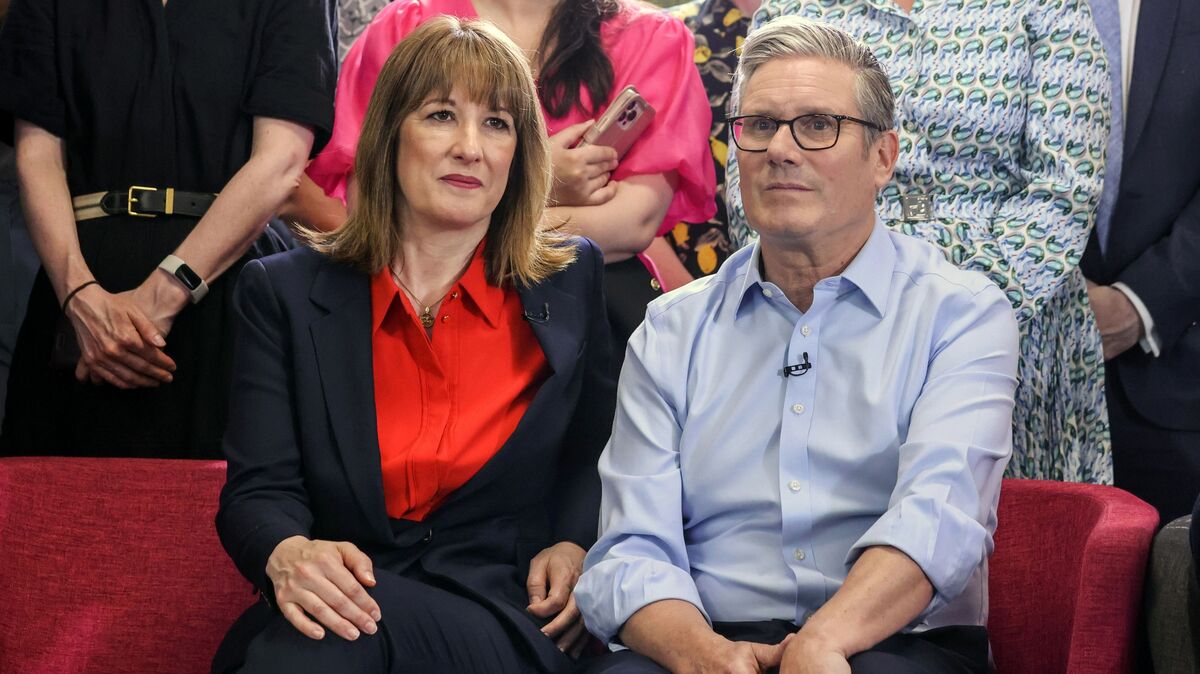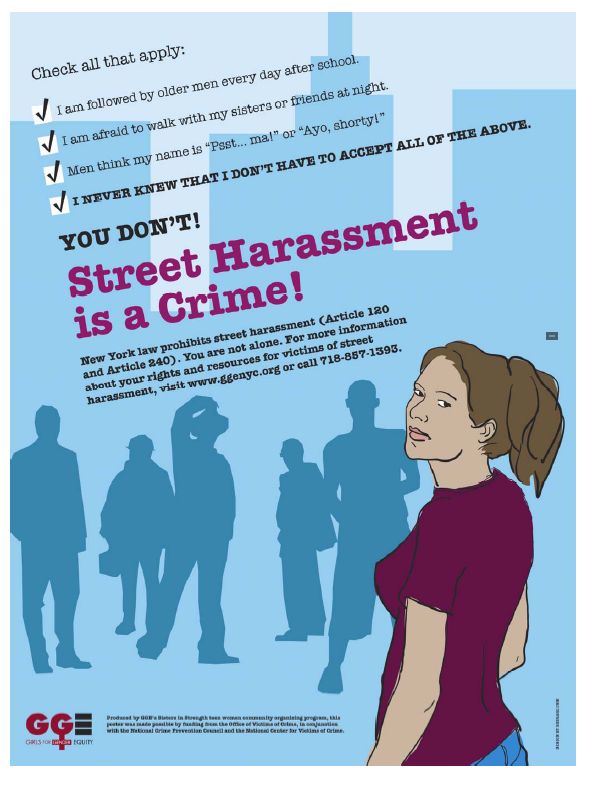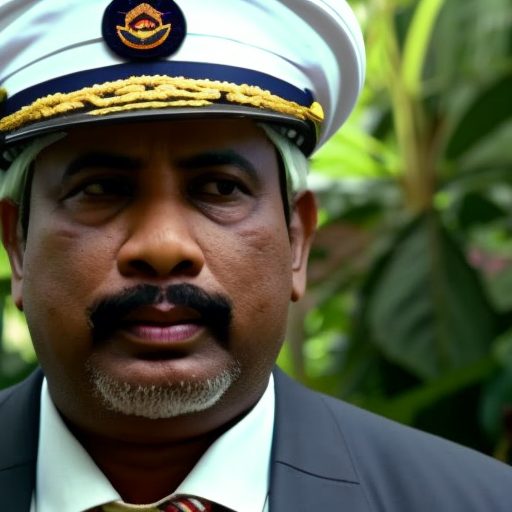
Project HOPE
Project HOPE is an international NGO of more than 900 engaged employees and hundreds of volunteers who work in more than 25 countries, responding to the world’s most pressing global health challenges. Throughout our 60-year legacy, Project HOPE has treated millions of patients and provided more than $3 billion worth of medicines to local health care organizations around the world. We have helped build hundreds of health programs from the ground up and responded to humanitarian crises worldwide.
Deputy Chief of Party (DCOP) / Technical Director
Project HOPE seeks a Deputy Chief of Party (DCOP) / Technical Director to provide technical leadership and oversight for an upcoming USAID Adolescent Health Activity project in Bangladesh, a five-year, $10-24.99 million project. The Adolescent Health Activity will support efforts to curb adolescent childbearing and early marriage outcomes in Bangladesh by addressing gaps and investing in sexual and reproductive health (SRH) of adolescents ages 10-14 in Bangladesh. To accelerate reductions in adolescent health (ages 10-14) marriage and childbearing, ARAC will support four key objectives:
- Increased Ability of Adolescents to Exercise Their Right to Delay Marriage and Early Childbearing
- Strengthened Social Support to Delay Marriage And Early Childbearing
- Strengthened Essential Services for Adolescents and Their Families
- Institutionalized Effective Solutions
The DCOP serves as technical director who will be responsible for providing managerial, technical and operational guidance for the program. His/her primary responsibilities will be to ensure that the program functions in line with technical priorities of the local structure and in line with USG regulations. Thus they will need to work closely with the Technical Advisors, the Finance Officer, Operational Manager, and the COP. They will act as the COP in his/her absence.
This position will be based in Bangladesh. Bangladeshi nationals and women strongly encouraged to apply. It is anticipated to begin November 2023.
This position is contingent upon award from USAID.
Code of Conduct
It is our shared responsibility and obligation to treat each other with respect, take affirmative steps to prevent matters involving Sexual Exploitation & Abuse and Trafficking in Persons, and to disclose all potential and actual violations of our Code of Conduct, which may include Conflicts of Interest, Fraud, Corruption, Discrimination or Harassment. Together we can reinforce a culture of respect, integrity, accountability and transparency.
Responsibilities
Technical Leadership and Oversight
- Provide technical leadership and strategic direction for the project’s technical assistance efforts, ensuring the integration, quality and sustainability of interventions
- Provide day-to-day technical oversight for design, planning and implementation of activities in support of project goals and objectives
- Establish and implement a system to ensure technical quality and fidelity across target provinces and districts
- Collaborate closely with Team Leads and Technical Advisors to ensure harmonization of project approaches across technical and geographical areas
- Track measures for climate and environmental risks in the Environmental Mitigation and Monitoring Plan (EMMP) and ensure their integration in work plans, budgets, and MEL plan
Development and Implementation of Technical Approaches
- Provide technical leadership to the development of the project strategic plan, work plan, and project monitoring, in close collaboration with Bangladesh Government Ministries, USAID and other stakeholders
- Work closely with the Chief of Party on setting project priorities and directions, and responding to requests for support from local counterparts
- Identify appropriate facility and community-based strategies and lead the formulation of innovative approaches to address adolescent health
- Oversee efforts to provide mentoring and capacity building at the individual and district level in adolescent health
Monitoring, Evaluation and Learning
- Work with M&E staff to design, implement a plan to track data/results related to adolescent health to inform adjustments in project implementation
- Document successes, lessons learned and challenges in implementation as well as reports of project activities and results to the project and donor, including routine quarterly and annual reports and other reporting requirements as requested
- Author/co-author abstracts, presentations, and articles for journals and conferences
Stakeholder Engagement and Collaboration
- Foster and maintain excellent relationships with USAID and in-country stakeholders as a representative of the project, and develop rapid responses to requests
- Collaborate with all local stakeholders and implementing partners, especially Bangladesh Government Ministries and other implementing partners, to ensure that all activities conform to requirements and regulations
- Facilitate the project team’s relationship with designated counterparts at USAID, the Bangladesh Government Ministries at both provincial and districts levels , private sector partners and other key stakeholders in Bangladesh such as NGOs and CSOs, to ensure effective technical assistance
- Actively participate in relevant technical advisory/working groups and professional forums representing Project HOPE
Management
- Supervise technical staff and build, mentor, and manage a team of highly qualified staff to ensure rapid and sustainable results
- Manage technical contributions of subgrantees, including defining scopes of work
Required Qualifications
- Master’s degree or equivalent in Public Health, or related areas is preferred, with deep understanding and technical knowledge of RMNCH and Adolescent Health
- At least 7 years of demonstrated experience managing operational, project management and administrative duties for the U.S. Government–funded projects or other internationally funded programs. Previous Deputy Chief of Party, or senior management experience in public health, RMNCH, and/or related field in Bangladesh.
- Management skill in designing, managing, and implementing, monitoring and evaluation of donor-supported programs as well technical skill in managing RMNCH/Adolescent Health programs
- Fluency of English in reading/writing/speaking (Level IV) is required and additional fluency in Bengali language is preferred
- Proficiency in implementing quality improvement activities at facility and community levels
- Skilled in building capacity of individuals and organizations
- In-depth understanding of Bangladesh healthcare system, particularly the public health system
SDGs, Targets, and Indicators
| SDGs | Targets | Indicators |
|---|---|---|
| SDG 3: Good Health and Well-being | Target 3.7: By 2030, ensure universal access to sexual and reproductive health-care services, including for family planning, information and education, and the integration of reproductive health into national strategies and programs | Indicator 3.7.1: Proportion of women of reproductive age (aged 15-49 years) who have their need for family planning satisfied with modern methods |
| SDG 5: Gender Equality | Target 5.3: Eliminate all harmful practices, such as child, early, and forced marriage and female genital mutilation | Indicator 5.3.1: Proportion of women aged 20-24 years who were married or in a union before age 15 and before age 18 |
| SDG 10: Reduced Inequalities | Target 10.2: By 2030, empower and promote the social, economic, and political inclusion of all, irrespective of age, sex, disability, race, ethnicity, origin, religion, or economic or other status | Indicator 10.2.1: Proportion of people living below 50 percent of median income, by age, sex, and disability |
1. Which SDGs are addressed or connected to the issues highlighted in the article?
SDG 3: Good Health and Well-being
The article discusses the upcoming USAID Adolescent Health Activity project in Bangladesh, which aims to address gaps and invest in sexual and reproductive health (SRH) of adolescents ages 10-14. This aligns with SDG 3, which focuses on ensuring good health and well-being for all.
SDG 5: Gender Equality
The project also aims to curb adolescent childbearing and early marriage outcomes in Bangladesh. This relates to SDG 5, which aims to achieve gender equality and empower all women and girls.
SDG 10: Reduced Inequalities
The project’s objective of empowering and promoting the social, economic, and political inclusion of all adolescents, irrespective of age, sex, or other status, aligns with SDG 10, which focuses on reducing inequalities.
2. What specific targets under those SDGs can be identified based on the article’s content?
Target 3.7: By 2030, ensure universal access to sexual and reproductive health-care services, including for family planning, information and education, and the integration of reproductive health into national strategies and programs.
The project aims to invest in the sexual and reproductive health (SRH) of adolescents ages 10-14 in Bangladesh, addressing gaps in access to SRH services and promoting family planning.
Target 5.3: Eliminate all harmful practices, such as child, early, and forced marriage and female genital mutilation.
The project seeks to curb adolescent childbearing and early marriage outcomes in Bangladesh, addressing the harmful practice of early marriage among adolescents.
Target 10.2: By 2030, empower and promote the social, economic, and political inclusion of all, irrespective of age, sex, disability, race, ethnicity, origin, religion, or economic or other status.
The project aims to empower and promote the social inclusion of all adolescents, irrespective of age or other status, by providing them with essential services and support.
3. Are there any indicators mentioned or implied in the article that can be used to measure progress towards the identified targets?
Indicator 3.7.1: Proportion of women of reproductive age (aged 15-49 years) who have their need for family planning satisfied with modern methods.
The article mentions that the project will invest in the sexual and reproductive health (SRH) of adolescents ages 10-14 in Bangladesh, which implies a focus on family planning and the satisfaction of their need for modern methods of contraception.
Indicator 5.3.1: Proportion of women aged 20-24 years who were married or in a union before age 15 and before age 18.
The project aims to curb adolescent childbearing and early marriage outcomes in Bangladesh, indicating a focus on reducing the proportion of women who were married before age 15 and before age 18.
Indicator 10.2.1: Proportion of people living below 50 percent of median income, by age, sex, and disability.
The project’s objective of promoting the social inclusion of all adolescents, irrespective of age or other status, aligns with the indicator measuring the proportion of people living below 50 percent of median income, by age, sex, and disability.
4. Table: SDGs, Targets, and Indicators
| SDGs | Targets | Indicators |
|---|---|---|
| SDG 3: Good Health and Well-being | Target 3.7: By 2030, ensure universal access to sexual and reproductive health-care services, including for family planning, information and education, and the integration of reproductive health into national strategies and programs | Indicator 3.7.1: Proportion of women of reproductive age (aged 15-49 years) who have their need for family planning satisfied with modern methods |
| SDG 5: Gender Equality | Target 5.3: Eliminate all harmful practices, such as child, early, and forced marriage and female genital mutilation | Indicator 5.3.1: Proportion of women aged 20-24 years who were married or in a union before age 15 and before age 18 |
| SDG 10: Reduced Inequalities | Target 10.2: By 2030, empower and promote the social, economic, and political inclusion of all, irrespective of age, sex, disability, race, ethnicity, origin, religion, or economic or other status | Indicator 10.2.1: Proportion of people
Behold! This splendid article springs forth from the wellspring of knowledge, shaped by a wondrous proprietary AI technology that delved into a vast ocean of data, illuminating the path towards the Sustainable Development Goals. Remember that all rights are reserved by SDG Investors LLC, empowering us to champion progress together. Source: reliefweb.int
Join us, as fellow seekers of change, on a transformative journey at https://sdgtalks.ai/welcome, where you can become a member and actively contribute to shaping a brighter future.
|


